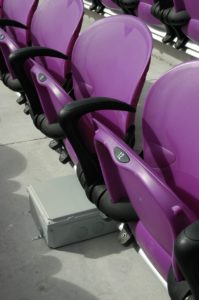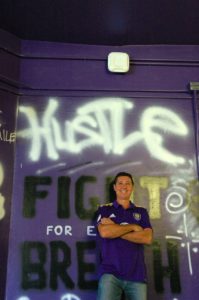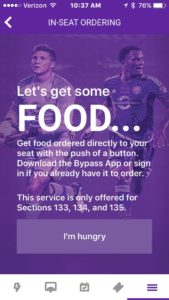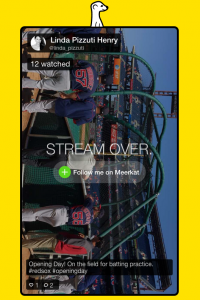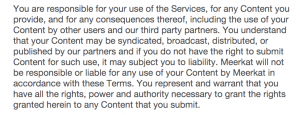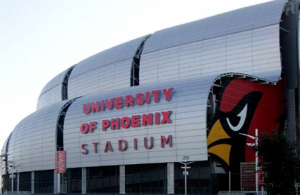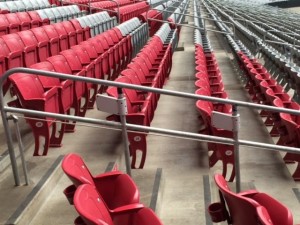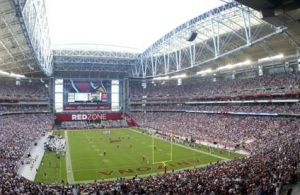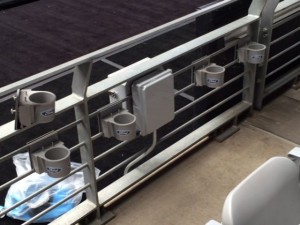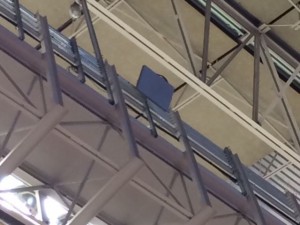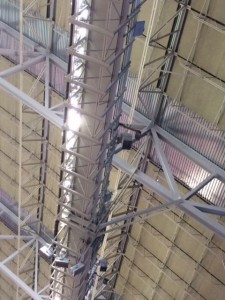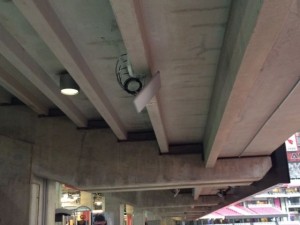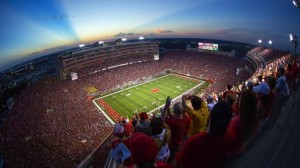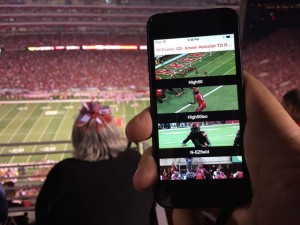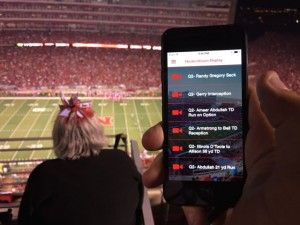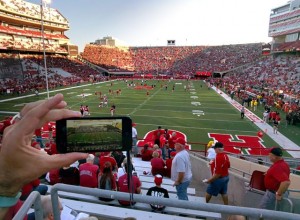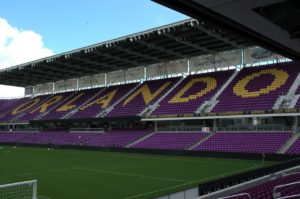
Orlando City Stadium, home of the MLS’s Orlando City SC. Credit all photos: Jenna Cornell (click on any picture for a larger image)
Leading that list was networking infrastructure to support the stadium’s 25,500 capacity. The team needed to be able to deliver live streaming video to fans through the team’s LionNation app. And they wanted a way to begin collecting user info and building relationships with fans, according to Renato Reis, CIO for the club.
And with so many professional sports teams having already installed wireless infrastructure, Reis knew there was no reason to reinvent the Wi-Fi wheel. “I had the privilege to travel and interview other organizations,” he said, including the Hard Rock Stadium in Miami where the NFL’s Dolphins and the University of Miami both play football, as well as MetLife Stadium in East Rutherford, N.J., shared by the NFL’s Jets and Giants. Reis said Orlando City SC’s technology drew heavily on the experience and deployment of Levi’s Stadium in Santa Clara, Calif. “I used what I learned,” he laughed.
Paying their own way
Orlando City is barely 3 years old and played its first two seasons in the nearby Citrus Bowl, now called Camping World Stadium.
After some confusion with the City of Orlando, Orange County and the state of Florida over money and budget for a new stadium, Orlando City SC’s ownership abandoned a public-private partnership to go its own way. Orlando City Stadium was built with private funds and opened in time for this year’s opener. Orlando City SC shares the venue with the Orlando Pride, the women’s professional soccer team.“We had a brand-new stadium and no installed Wi-Fi, two factors that really benefited us,” Reis told Mobile Sports Report. “We planned the position of our antennas and leveraged lessons from other organizations to design something from scratch and build for the future.”
Orlando City SC had some help there. The MLS franchise partnered with managed service provider Spectrum Enterprise, a division of Charter Communications; Spectrum in turn has a longstanding partnership with Orlando City’s equipment vendor, Cisco. Together, they installed networking gear, lots of new fiber-optic cable, and the wireless infrastructure that rides atop the stadium’s 10-Gbps backbone network.
The fan-facing Wi-Fi consists of more than 550 wireless access points around the stadium, or about one AP for every 45 users. The APs are installed under seats, in handrails and on posts. “It was more of a challenge to find the right places, design-wise, for APs to keep them out of people’s line of vision,” Reis said.
Supporting streaming video
AP density and processing power were important considerations for Orlando City SC. With such dense coverage, each AP delivers 50-80 Mbps per user, Reis said. That ensures that users of the team’s LionNation app enjoy high performance when using its streaming video capability; users posting to social media or checking email also get faster throughput, he added.
That sort of performance is essential, especially for users of the premium version ($8.99) of the LionNation app. In addition to live-streaming video, premium members get access to behind-the-scenes content, as well as 10 percent discounts off food, drink and merchandise purchases (and points for every dollar spent). They also get priority access to post-season tickets and single-game tickets.
Spectrum helped with the stadium’s engineering and remains active in day-to-day management, said Reis. Spectrum performed three rounds of Wi-Fi tuning and collecting data to see where usage was greatest. No surprise: Entry gates and concession areas, according to Reis. They then made adjustments, repointing APs where needed, thus ensuring bandwidth is available where it’s needed most.
Orlando City SC has also been testing wireless food ordering in one stadium section with 1,500 users since the beginning of the year. “The challenge there isn’t technology but rather logistics,” Reis explained.
The team is planning to extend the capability more broadly, but needs more experience to help decide how to proceed. “We’ll probably run the test for the rest of the season and make changes next year,” he said.Reis’s biggest challenge for the moment is encouraging Wi-Fi usage – and also persuading users to register if they’re not on the app. Even with Orlando City Stadium’s Wi-Fi coverage, most users will stick to cellular (the stadium’s DAS network is serviced by AT&T, Verizon T-Mobile and Sprint), he said.
“The problem I’m trying to solve is who is at the stadium,” Reis explained, adding that the only information he has is that a fan bought four tickets, for example, and when they get scanned at the gates. So how to learn more? “Most landing pages are boring,” he laughed; still, he’s considering offering different incentives for Wi-Fi users to check in.
“Can I loyal-ize you so I can learn what you like, what offers are more appealing, what you enjoy and don’t?” Reis asked. That’s a primary challenge for most sports teams, entertainment companies and ecommerce entities. Luckily for Reis and the Orlando City SC, he’s got the bandwidth, backbone and people resources to learn more about fans and build those relationships going forward.
